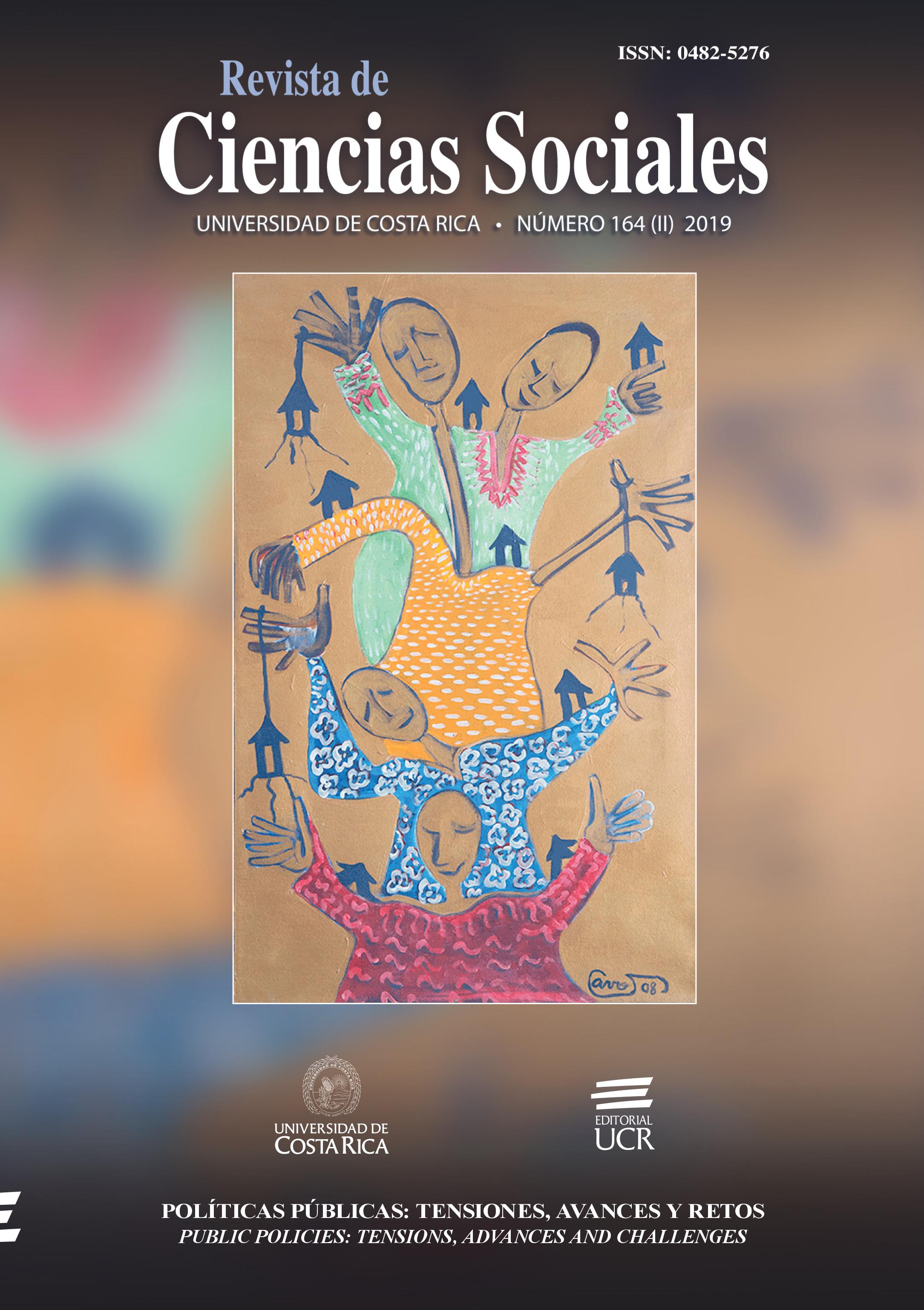Abstract
The temple of San Hipolito, in Mexico City, is a sacred space that has been stigmatized as a meeting place for young addicts and delinquents devoted to San Judas Tadeo (sanjuderos), who come every 28th of the month, the day they celebrate to the saint in the City. To break the stigma, this article aims to show the different profiles of the devotees and their forms of patial appropriation. Through a geographical perspective and an ethnographic approach, with a methodical assistance every 28th of the month, the present work finds that, to this temple go from children to women and men of the third age; housewives, workers, informal merchants, union members, students of popular classes and settlers; as well as migrants (indigenous and mestizo). In this way, through the urban popular cult to San Judas Tadeo in the temple of San Hipolito, the marginalized sectors of the city and itsperiphery can become visible, they take over this space every 28th of the month, they make it a devotional space, while of festive funtion and political enunciation. It is part of a third appropriation in the history of the temple, in logic of resemantization.


